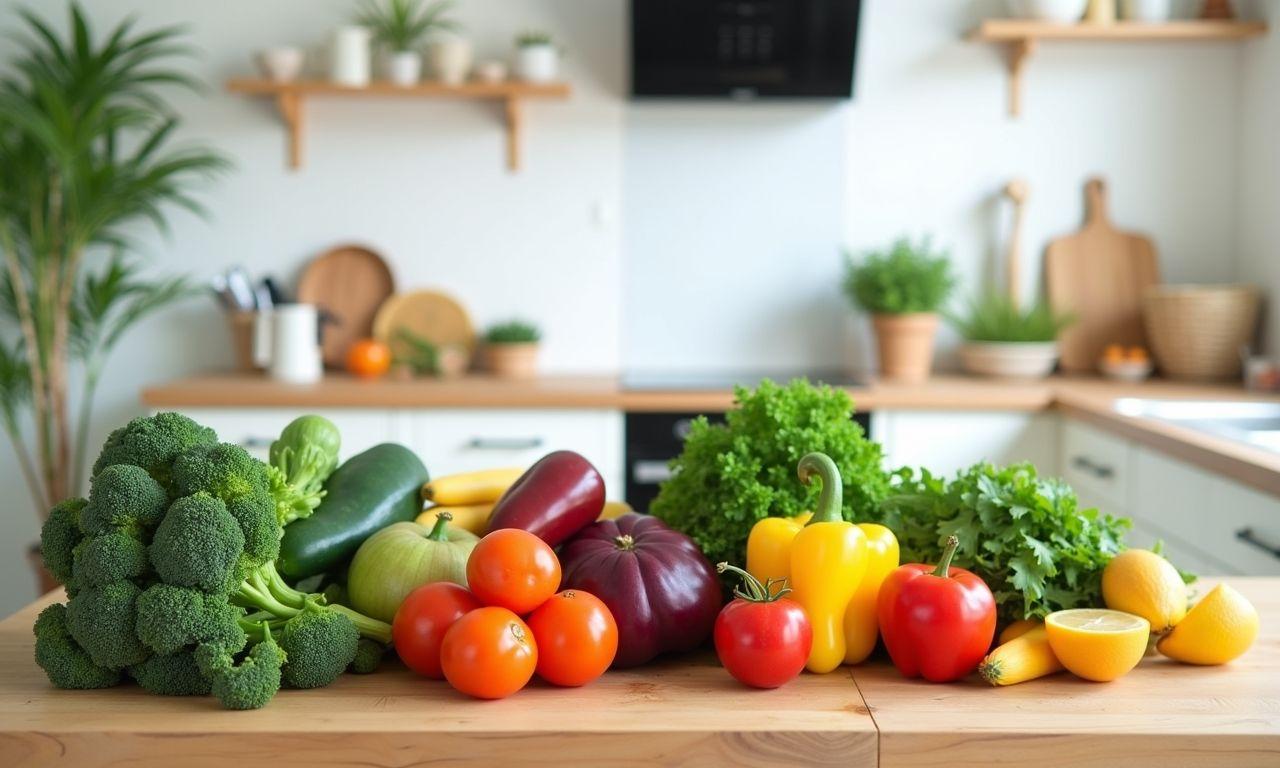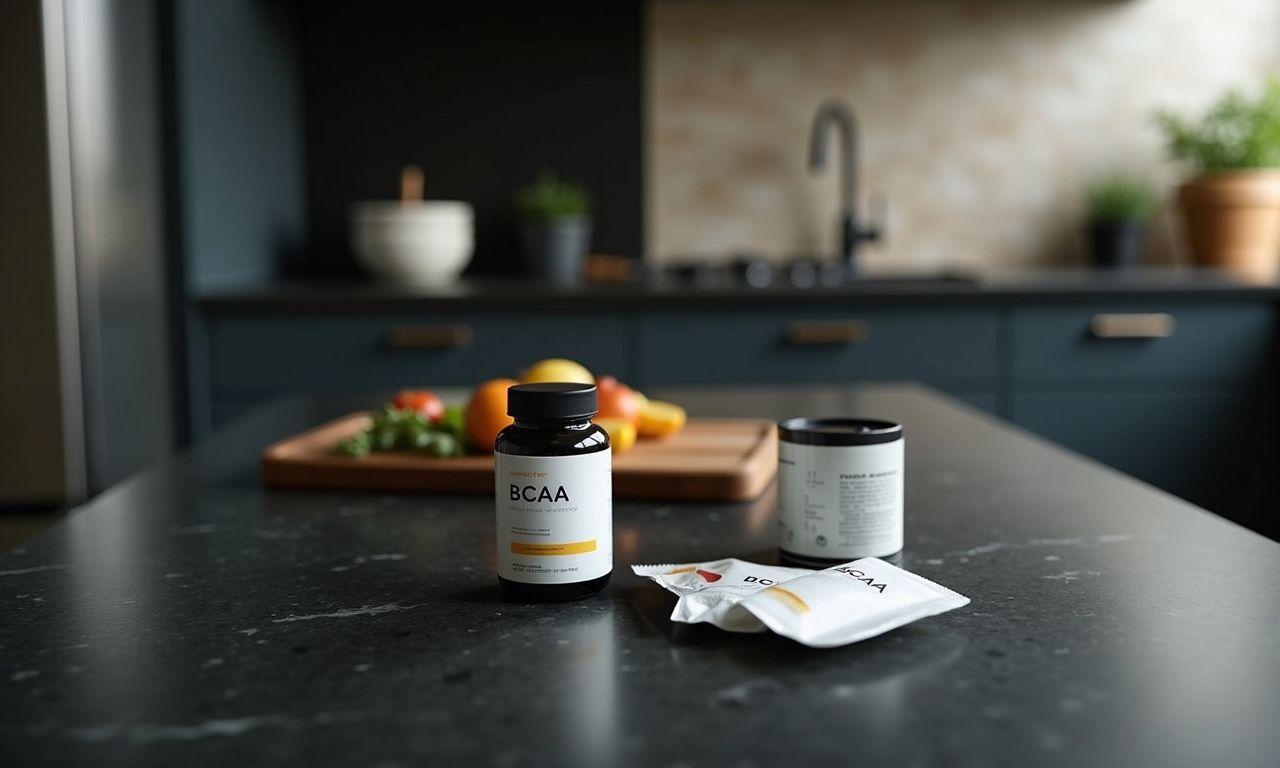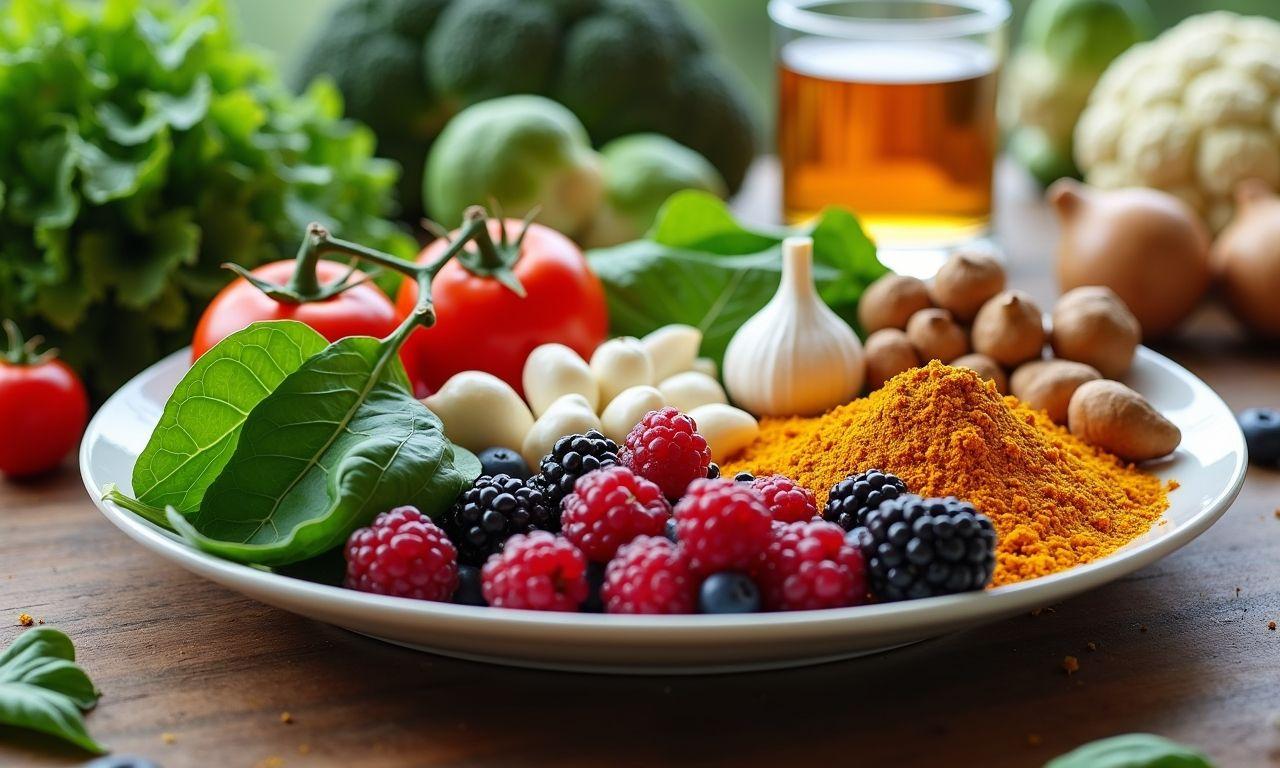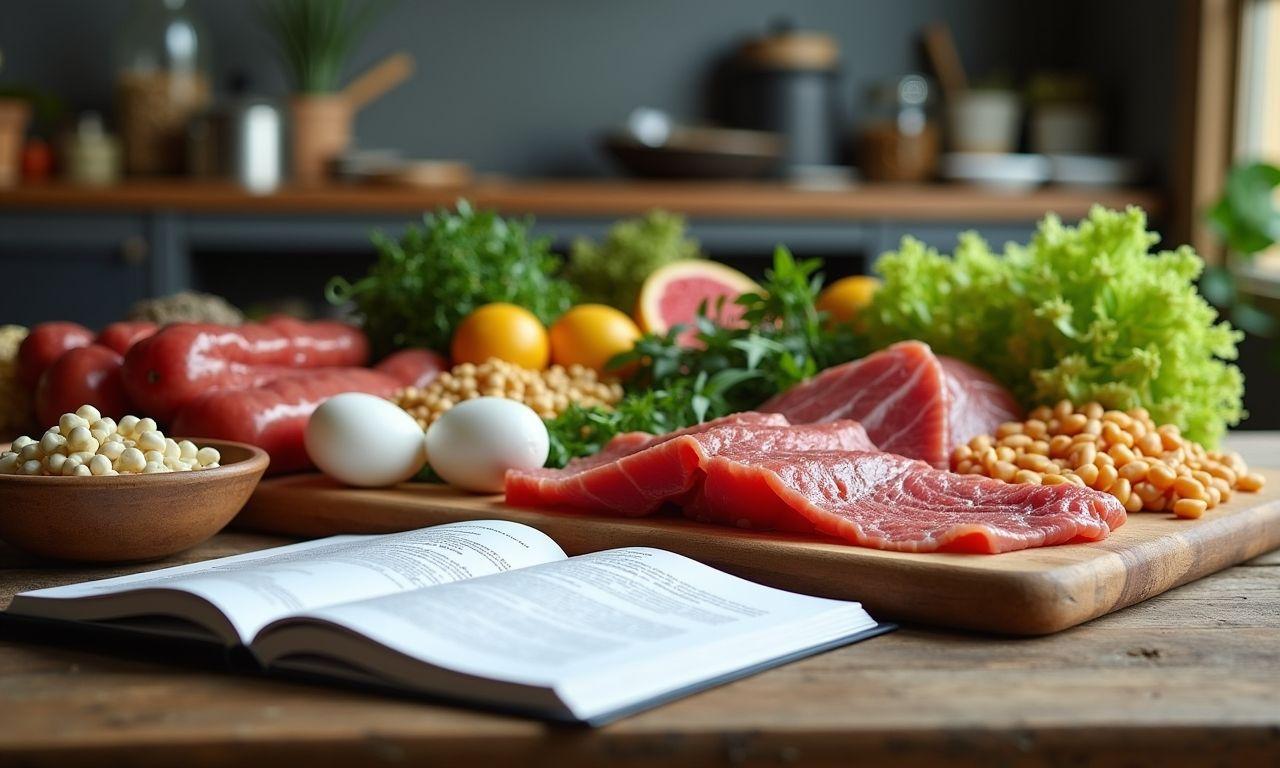The impact of a vegetarian diet on human health
How to Achieve Lasting Dietary Changes: Tips for Healthy Eating
Rules for effective weight loss
Part 3/3 - Modern trends and methods in weight loss
Part 2/3 - Modern trends and methods in weight loss
Part 1/3 - Modern trends and methods in weight loss
Positive Aspects of Using Calorie Apps
Positive Thinking and Goal Achievement: The Power of Mindset in Training and Weight Loss
8 Foods That Help Fight Cancer Cells
Protein Diet – Effectiveness, Benefits and Safe Duration
Coffee: Elixir of the Gods or a Daily Health Hazard? Facts, Myths & the Right Dose of Caffeine
Positive Aspects of Following a Diet and Nutritional Plan
The Benefits of Fitness: How Exercise Enhances Health and Well-Being
The Role of Protein in Weight Loss and Body Sculpting
A sedentary lifestyle and its negative health effects
Selected filter
Articles













September 01, 2025

August 30, 2025

August 29, 2025

August 29, 2025

August 29, 2025

August 28, 2025

August 28, 2025

August 28, 2025

August 28, 2025

August 28, 2025

August 28, 2025

August 28, 2025